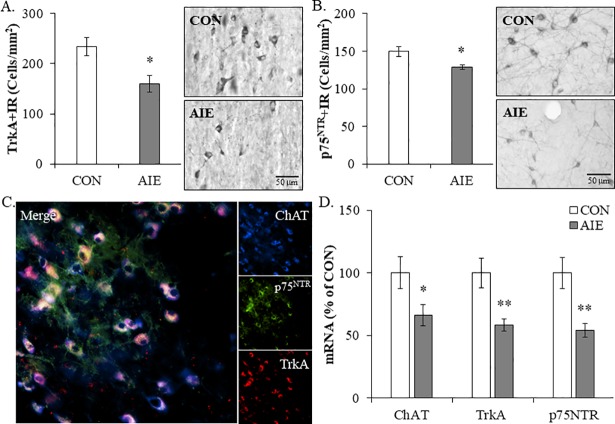Fig 2. Adolescent intermittent ethanol (AIE) decreases expression of multiple cholinergic neuron markers in the adult male basal forebrain.
(A) Modified unbiased stereological quantification of the high-affinity nerve growth factor (NGF) receptor tropomyosin receptor kinase A (TrkA) in the adult (P80) basal forebrain revealed a significant 32% (±8%) reduction in AIE-treated animals, relative to CONs. Representative photomicrographs of TrkA+IR cells in the adult basal forebrain of CON- and AIE-treated animals. (B) Modified unbiased stereological quantification of the low-affinity NGF receptor p75NTR in the adult (P80) basal forebrain revealed a significant 14% (±2%) reduction in AIE-treated animals, relative to CONs. Representative photomicrographs of p75NTR+IR cells in the adult basal forebrain of CON- and AIE-treated animals. (C) Immunofluorescent co-labeling revealed a high degree of TrkA (red) and p75NTR (green) colocalization with ChAT+IR neurons (blue) in the adult (P80) basal forebrain. (D) Quantitative PCR assessment of cholinergic neuron genes revealed a significant AIE-induced reduction of ChAT (34% [±9%]), TrkA (42% [±5%]), and p75NTR (46% [±5%]) mRNA in adult (P80) basal forebrain tissue samples, relative to CONs. qPCR analyses were run in triplicate. Data are presented as mean ± SEM. * p < 0.05, ** p < 0.01, relative to CONs.

